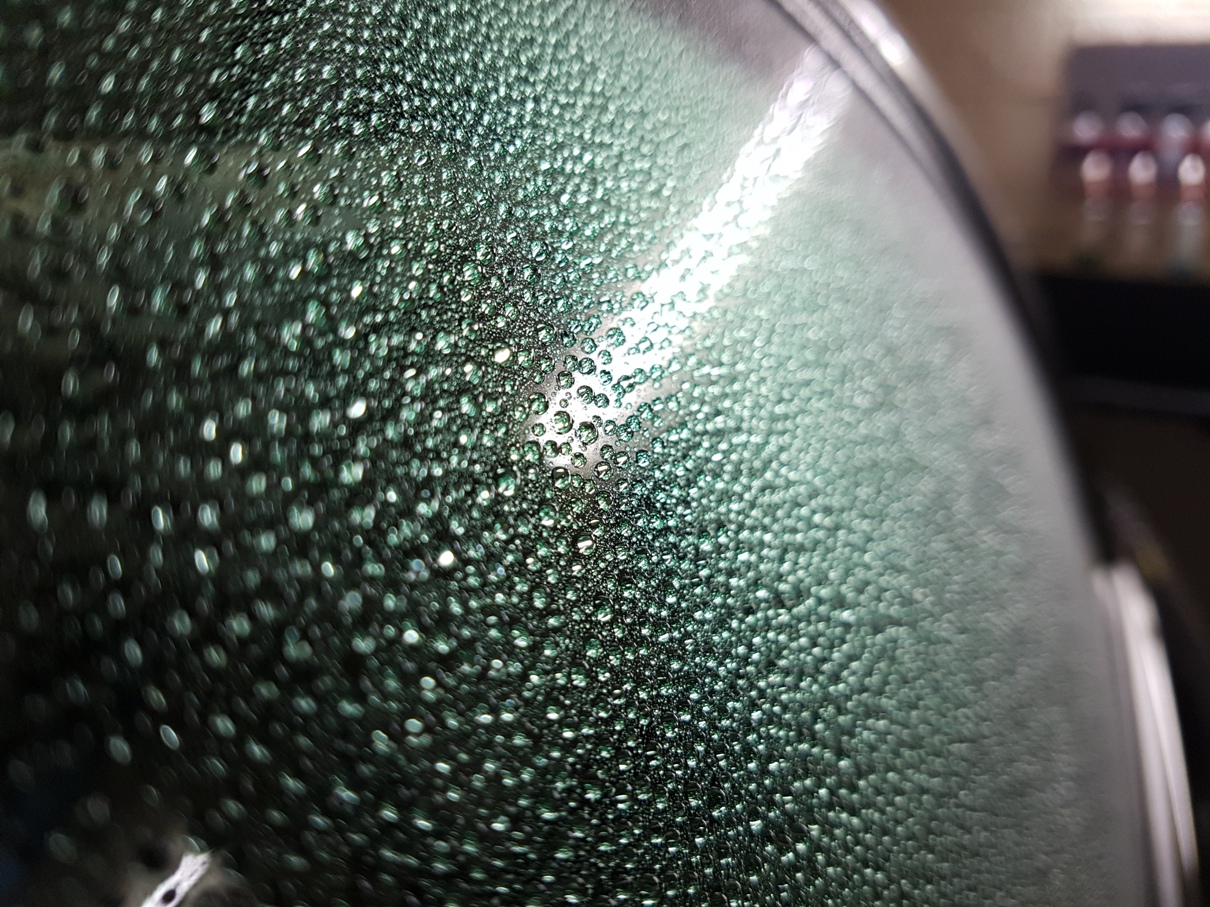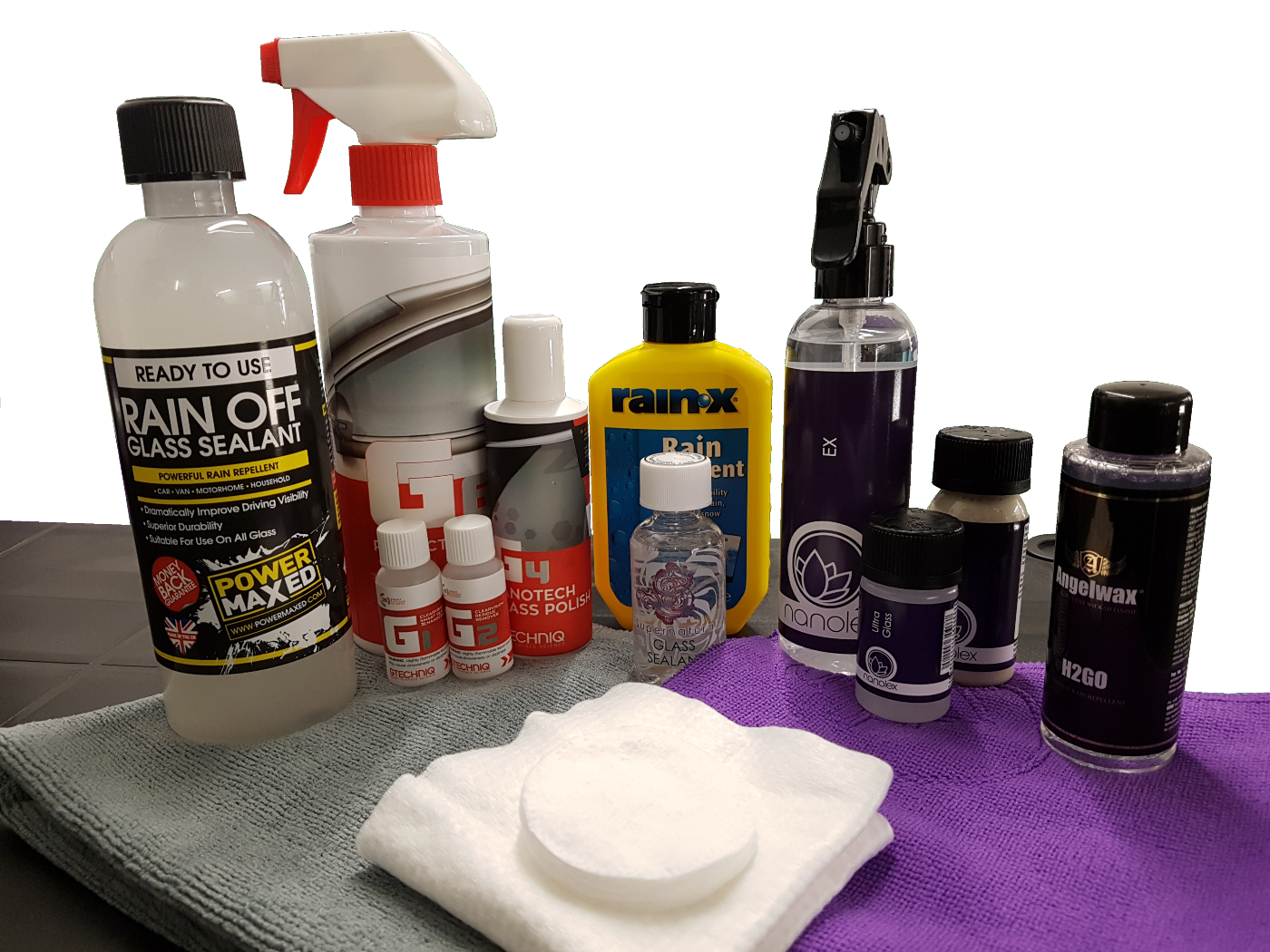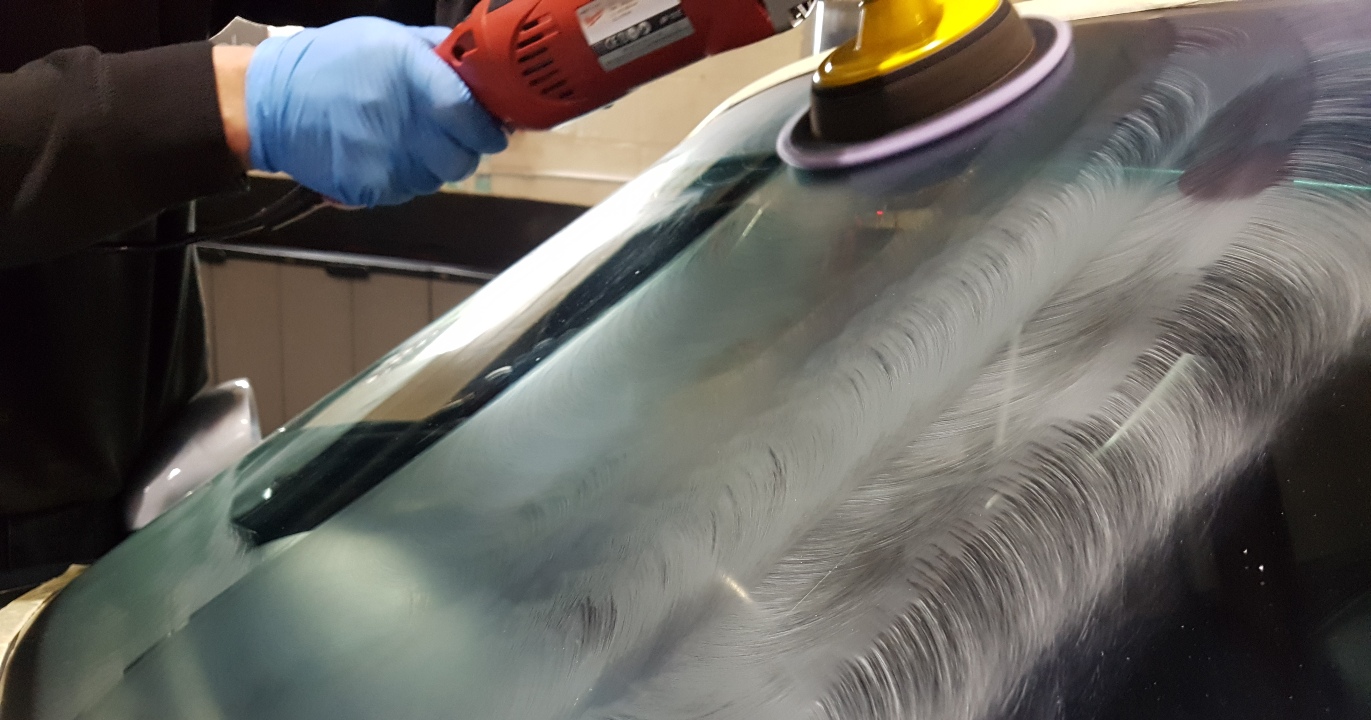Glass Sealants
Vehicle glass usually gets cleaned more often than any other surface on a car, yet it can also be one of the most frustrating surfaces to get perfect. While we cover glass cleaning in another blog, glass sealing is a whole different topic. There have been various glass-sealant products on the market since the early 1980's, but only recently has there been much development in the area. Now we have much more choice, and the range of products can be divided into two categories - siloxane-based and silane-based. Without getting too deeply into the chemistry, siloxane products are easier to apply but silane products last longer.
While using an automotive glass cleaner can get good results, you can improve them further by decontaminating your glass with a clay bar. Odd as it sounds, a clay bar can be used on glass in much the same way as paintwork, and as glass is harder than lacquer, it's perfectly safe. This will allow you to remove the bonded contaminants that could otherwise compromise the glass sealant.
For a conventional siloxane sealant you can usually apply it by spraying on a mist, leaving for the prescribed time period, then wiping away the excess. The water behaviour will improve pretty-much immediately - go for a drive in the rain and above about 40mph you will see water beading off your windscreen. When this affect starts to reduce, even after cleaning with a glass cleaner, it will probably be time to re-apply the sealant.
For a silane based coating, you may have to apply it with great care and diligence, as well as letting it cure for longer. This process is made easier if you have a garage for your car, to protect it both from water and from things like insects and pollen that like to settle on coatings while they cure. The immediate water behaviour will generally be on a par with siloxane products, though the water may start beading off at marginally higher speeds. However, when the effect starts to reduce, all you will need to do is clean the screen, and it the beading will be restored. Coatings like this can easily last over a year, some manufacturers even call them permanent.
While some people like to apply sealant to all glass surfaces, the priority is usually the windscreen. For some cars, such as saloons with no rear wiper, it might be worthwhile applying it to other windows. As ever, read the instructions PRIOR to starting the process, and take your time throughout the job.
For more information do pick up a copy of the PVD Pro Detailer magazine or call your nearest PVD Approved car care professional.




